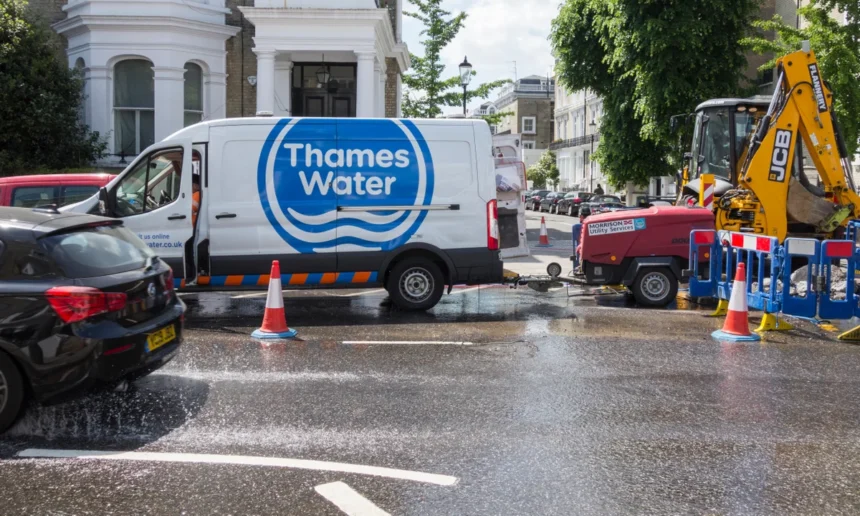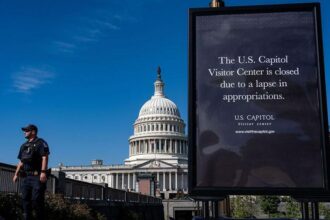At FinancialMediaGuide, we view the situation surrounding Thames Water as a crucial test for the entire model of water sector governance in the UK. A company that for years symbolized stability has now become an example of systemic crisis — burdened with multi-billion-pound debts, record fines, and a collapse of investor confidence. We emphasize: this is not only about the problems of a single company, but about how effectively Britain can manage critical infrastructure under market and public pressure.
The first alarming signs appeared in 2023, when Thames Water’s management asked shareholders for £1 billion in fresh equity. Already then, we at FinancialMediaGuide noted that the company was failing to balance costs and revenues, and its financing model required serious adjustment. Investors only agreed to provide £750 million, while the overall need through 2030 was estimated at £2.5 billion. For us, this was clear evidence of a chronic gap between investment requirements and shareholders’ willingness to commit.
The crisis deepened in spring 2024, when some investors refused to provide their promised funds, declaring the new business plan “uninvestable.” At FinancialMediaGuide, we stressed that this was the moment trust in Thames Water collapsed entirely: if even core investors doubt the company’s viability, the market receives deeply troubling signals.
By autumn 2024, the situation escalated into a real threat of default. Credit rating agencies downgraded the company, warning it could run out of cash within months. A £3 billion debt lifeline only postponed the problem. As we highlighted in FinancialMediaGuide, a temporary extension of credit without a shift in the business model is merely a stopgap that does not address the root causes.
Of particular note was the decision by regulator Ofwat in December 2024. Thames Water sought permission to raise bills by 53%, but was granted only 35%. For consumers, this looked like protection of their interests, but at FinancialMediaGuide we see a double-edged risk: the company lacks the resources it needs, and infrastructure upgrades are delayed. This attempt to balance social stability with investment needs reflects a systemic issue across the sector.
By spring 2025, the situation worsened further: KKR, once viewed as the leading candidate to inject capital, withdrew from negotiations. At the same time, Thames Water was hit with a record £123 million fine for environmental violations. At FinancialMediaGuide, we are convinced this episode marked a point of no return: reputational damage compounded the financial crisis, leaving the company under dual pressure.
Now, in October 2025, Thames Water’s fate lies in the hands of its creditors, who propose injecting £3 billion in new equity while writing off part of the debt. At FinancialMediaGuide, we see this as a form of semi-nationalisation: control is shifting away from shareholders toward government and creditors. At the same time, Hong Kong’s CK Infrastructure has expressed interest in acquiring the company should it collapse. This raises the critical issue of national security – who should control such vital infrastructure as water supply in London and southeast England?
Our position at Financial Media Guide is clear: the Thames Water crisis is not an exception, but a warning sign of challenges looming over the entire industry. Unless the authorities overhaul the regulatory framework, similar situations could arise with other operators. We recommend that investors closely follow negotiations between creditors, the government, and regulators, as these will define the sector’s long-term sustainability.
We forecast that the coming months will be decisive. At FinancialMediaGuide, we believe that if a new system of cooperation between government, business, and regulators can be built, the Thames Water crisis will mark the beginning of sector-wide reform. If the response is half-hearted, however, the risk of further infrastructure crises in Britain will remain dangerously high.













